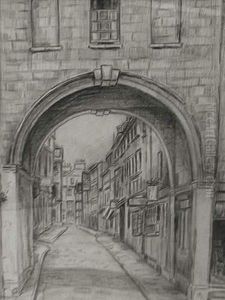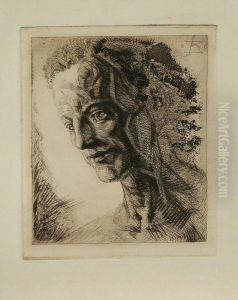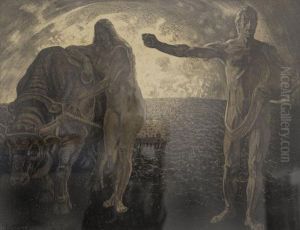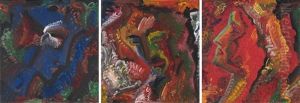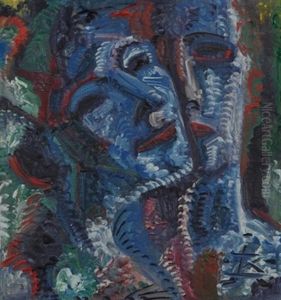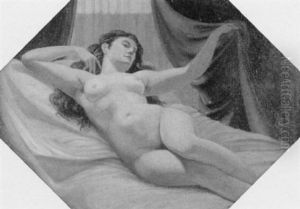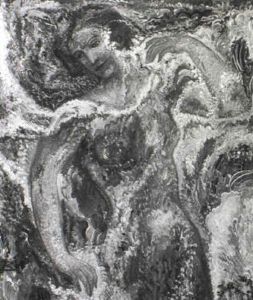Johann Michael Bossard Paintings
Johann Michael Bossard was a significant figure in the world of art and architecture during the late 19th and early 20th centuries. Born in 1874 in Zug, Switzerland, Bossard was deeply influenced by the cultural and artistic environment of Europe at a time when it was undergoing rapid change and innovation. He embarked on his artistic journey with traditional training, but his work eventually spanned across various disciplines including painting, sculpture, and architecture, showcasing his versatility and creative prowess.
Bossard's artistic vision was characterized by a unique blend of symbolism, expressionism, and a profound interest in the spiritual and mystical aspects of art. His works often depicted mythological themes, religious subjects, and allegorical figures, imbued with a deep sense of emotion and introspection. This thematic diversity was mirrored in his approach to materials and techniques, as he experimented with various mediums, from traditional oil paintings to intricate sculptures and architectural designs.
In 1911, Johann Michael Bossard moved to Germany, where he continued to develop his artistic and architectural projects. One of his most significant contributions to the art world was the creation of the Kunststätte Bossard in Jesteburg, near Hamburg. This complex, which he began building in 1911 and continued to develop until his death in 1950, served as both a living space and an all-encompassing art piece. The Kunststätte Bossard is not only a testament to his architectural ingenuity but also an immersive environment that encapsulates his philosophical and aesthetic ideals. It includes a living area, workshop spaces, and a chapel, all adorned with elaborate artworks and decorations that reflect Bossard's eclectic style and mystical leanings.
Throughout his career, Johann Michael Bossard remained committed to the idea of Gesamtkunstwerk, or 'total work of art,' a concept that seeks to synthesize the visual, architectural, and performing arts into a single cohesive work. His efforts to create an integrated artistic and living environment at the Kunststätte Bossard exemplify this commitment and have left a lasting legacy in the art world. Despite the appreciation of his work among contemporaries and certain circles of art historians, Bossard has not achieved the widespread recognition of some of his peers.
Johann Michael Bossard passed away in 1950, leaving behind a rich and diverse body of work that continues to be studied and admired for its originality and depth. The Kunststätte Bossard remains a key site for the appreciation of his life's work, attracting visitors interested in the intersection of art, architecture, and spirituality. Through his contributions to various forms of art and his pursuit of the Gesamtkunstwerk, Bossard has cemented his place as an important, though somewhat underappreciated, figure in the history of modern art.
